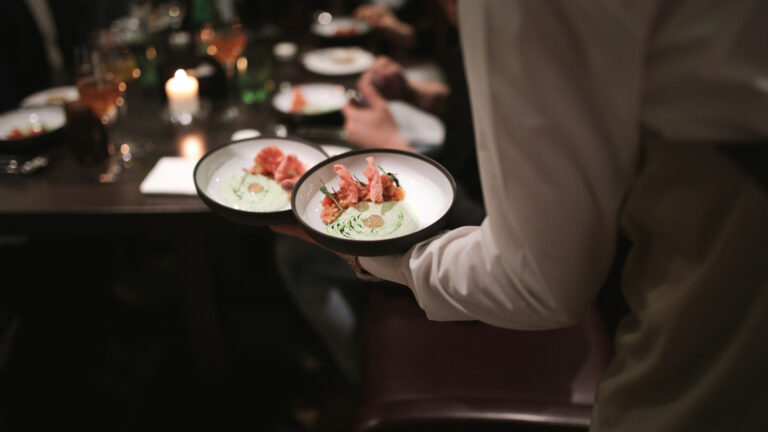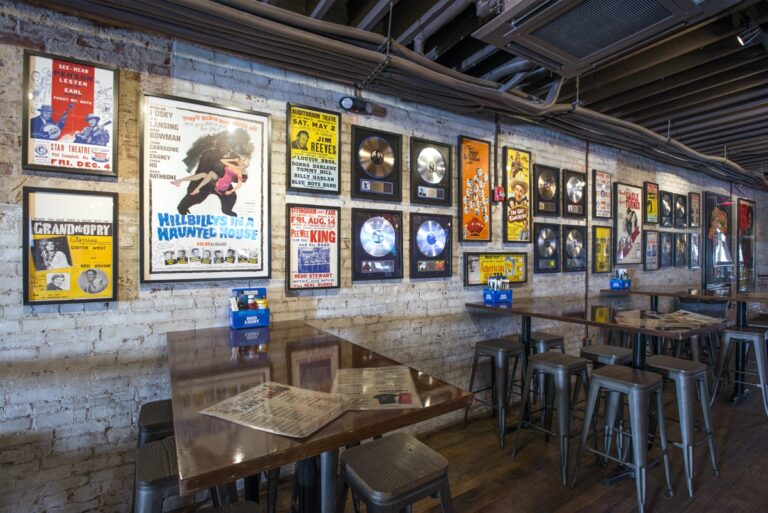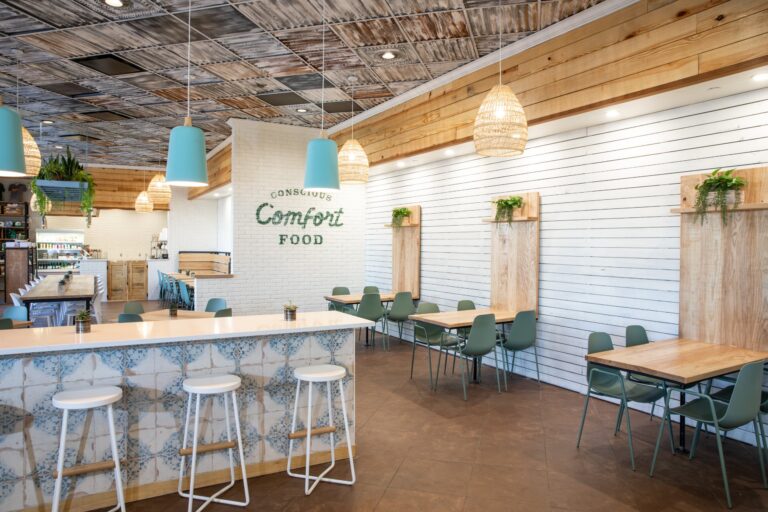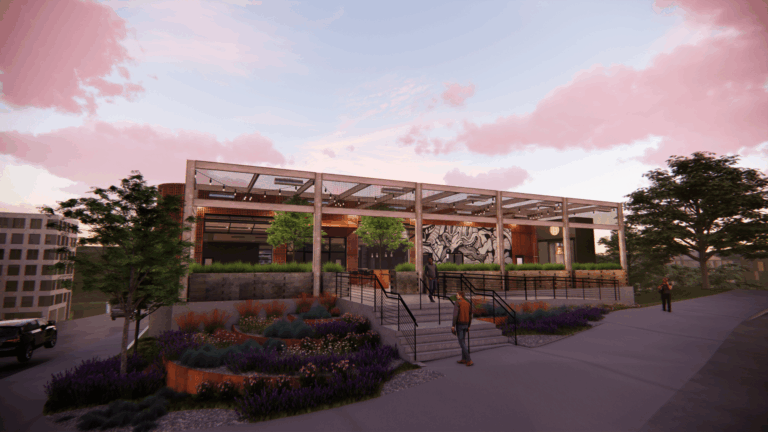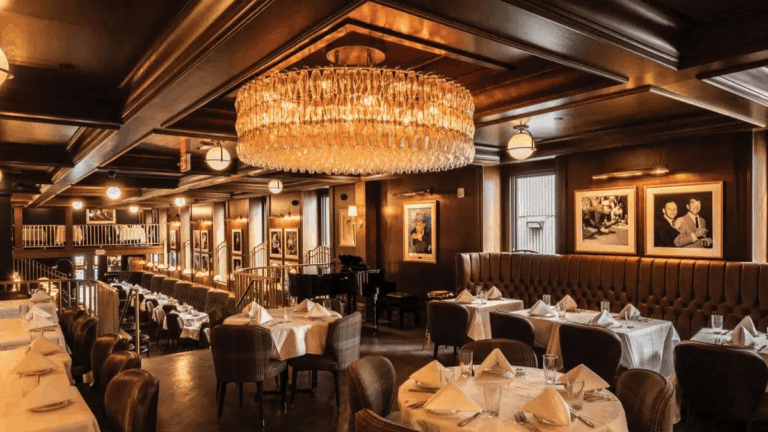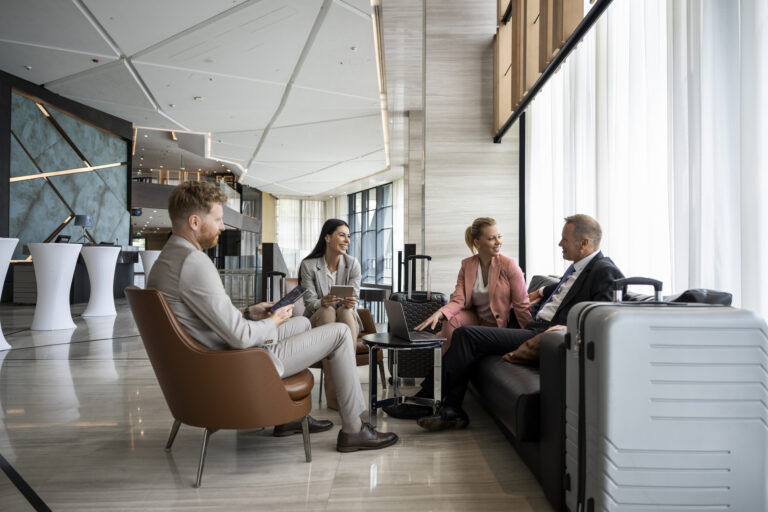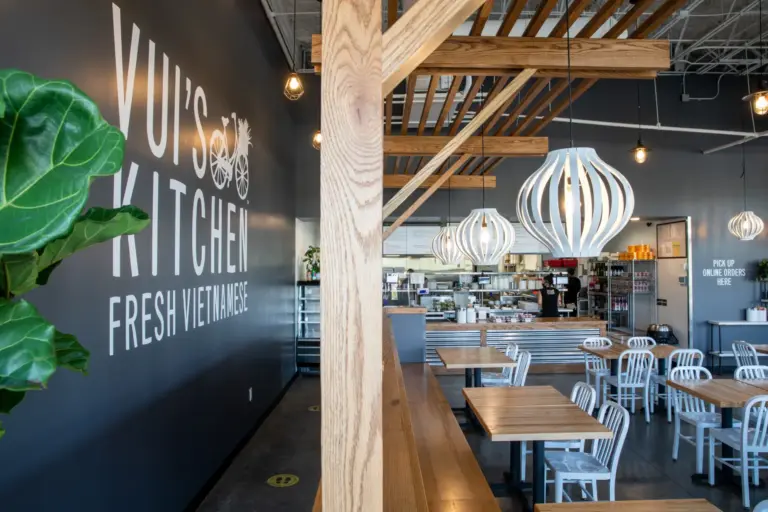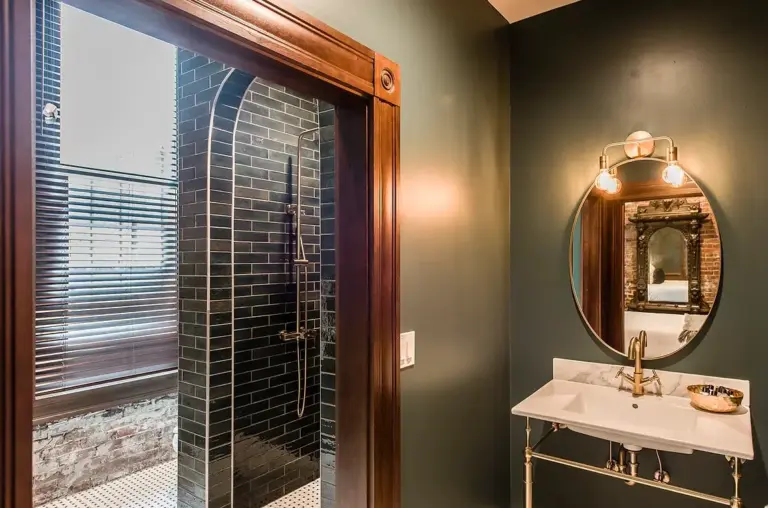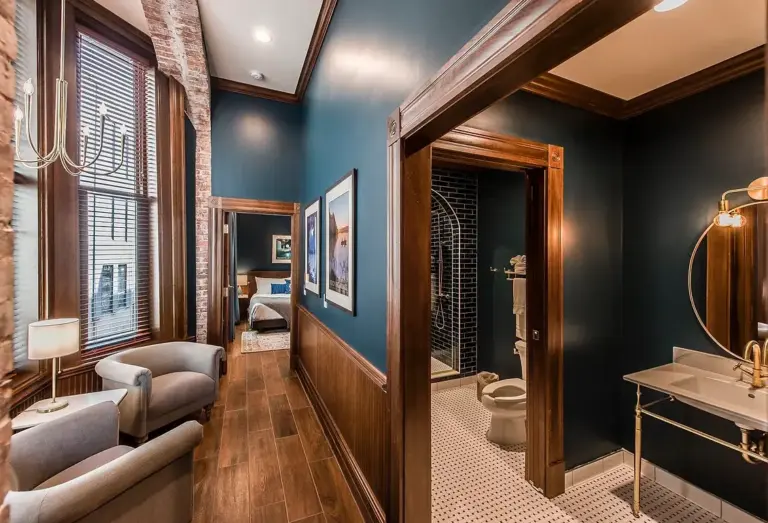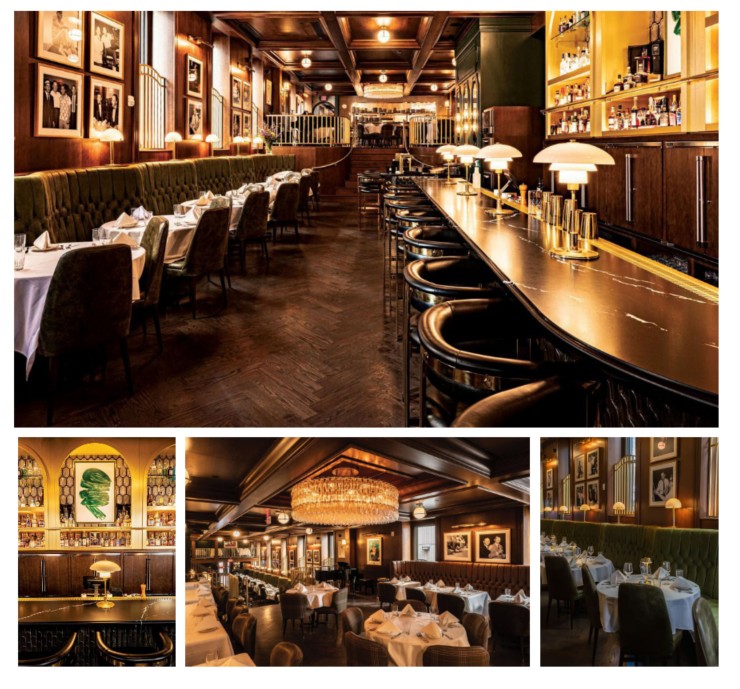How Architects, Chefs, and Operators Create Successful Restaurants
Collaboration Produces Better Hospitality Design In the world of hospitality design, the traditional architect-client relationship often creates unnecessary barriers. Many firms adopt a top-down approach where the architect’s vision takes precedence over client expertise. At Remick Architecture, we’ve witnessed how this dynamic limits potential and can lead to spaces that look impressive but fall short…
